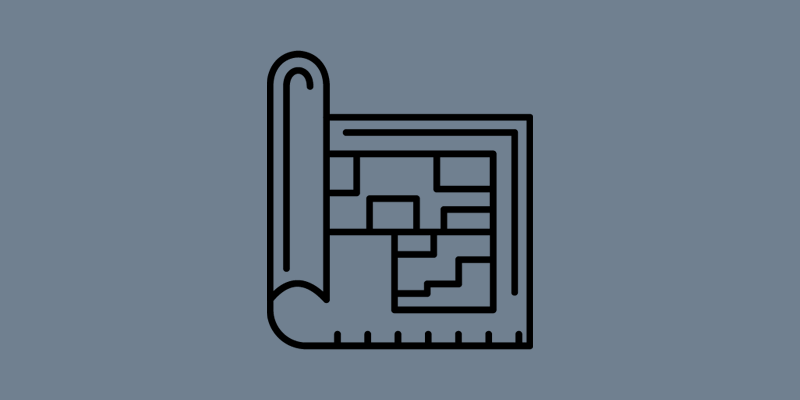A Transformation in Urban Design
Architecture, often described as a marriage of art and science, has seen a transformative evolution in recent years, thanks to the integration of Artificial Intelligence (AI). This synergy of innovative technology and architectural innovation, termed AI-generated architecture, is reshaping the way buildings and urban spaces are designed, from concept to realization. In this article, we will explain the idea of AI in architecture, unveiling its impact and the creative possibilities it unlocks.
The Marriage of AI and Architecture
AI is revolutionizing the architectural landscape in numerous ways:
- Design Assistance: AI assists architects in generating ideas and creating architectural plans, drastically reducing the time required to turn concepts into tangible structures
- Sustainability: AI optimizes the design process, leading to more sustainable and environmentally friendly buildings. It analyzes materials, energy consumption, and environmental impact, guiding architects to make eco-conscious choices
- Material Innovation: AI can suggest innovative and sustainable materials for construction, considering factors such as strength, durability, and environmental impact
- Space Utilization: AI helps architects design spaces that are functional, aesthetically pleasing, and adaptable to the evolving needs of their occupants
- Aesthetics and Form: AI can generate design inspirations and create complex and visually appealing architectural forms
AI in the Design Process
AI brings a new level of efficiency and innovation to various aspects of architectural design:
- Conceptualization: Algorithms can generate initial design concepts and assist architects in exploring creative ideas
- Structural Analysis: AI performs complex structural analysis, ensuring the stability and safety of architectural designs
- Energy Efficiency: AI can optimize building systems to enhance energy efficiency and reduce operational costs
- Generative Design: AI-driven generative design tools produce a multitude of design variations, allowing architects to explore different options quickly
- Aesthetic Evaluation: AI can analyze design aesthetics and recommend changes to enhance the visual appeal of structures
AI-Generated Architecture in Practice
Several examples illustrate the integration of AI into architectural practice:
- ArchDaily: ArchDaily, a leading architecture website, uses AI to curate content and provide architects with inspiration and valuable resources
- AI SpaceFactory: This architectural design and technology firm uses AI-driven tools to create innovative and sustainable building designs, including those suitable for off-planet habitats
- Zaha Hadid Architects: Pioneering architectural firm Zaha Hadid Architects employs AI in its design processes, pushing the boundaries of architectural form and function
Challenges and Controversies
While AI-generated architecture offers remarkable potential, it also presents challenges:
- Ethical and Aesthetic Concerns: Questions arise about the role of human architects and the loss of creative authorship in a field traditionally driven by human ingenuity
- Technological Dependence: The over-reliance on AI may lead to a lack of innovation and creativity, as architects may become overly reliant on AI-generated solutions
- Security and Privacy: The use of AI in architecture, especially in smart buildings, raises concerns about data security and privacy
The Future of Architecture
AI-generated architecture is poised to redefine the field, emphasizing sustainability, functionality, and innovative design. Architecture is no longer limited by human capabilities and traditional design constraints. The architecture of the future is one where creativity knows no bounds, and AI, as a collaborator with architects and planners, plays a pivotal role in shaping the urban landscapes of tomorrow. As AI continues to be woven into the fabric of architecture, the results are sure to be as unique and diverse as the communities and environments it seeks to build.





